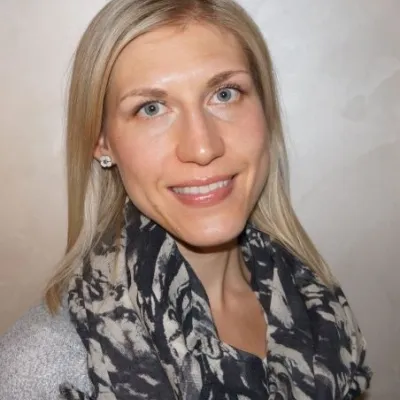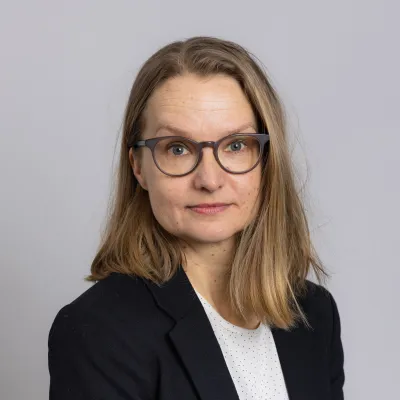Would you be interested in renting your jeans or washing machine, or even an apple tree or a pet chicken for the summer? Recent years have seen the rapid growth, both globally and in Finland, of the product-as-a-service (PaaS) model, in which the customer purchases a right of use instead of owning a specific product. Jeans, washing machines, apple trees and pet chickens are all real, existing examples of things that you can rent out from certain companies. Compared to the traditional ownership model, providing products as a service often results in greater use of the products and materials because they circulate from one user to the next. In addition, the products have a longer life cycle and resource use becomes more efficient. The PaaS model is a good example of the effective application of circular economy principles.
Giving up ownership frees the customer of inconvenience and responsibility
PaaS models have expanded in recent years through a plethora of applications, as shown in a recent report commissioned by the Nordic Council of Ministers. In certain sectors, such as media and software, products are now primarily offered only as digital services.
When the ownership of the product remains with the company offering the product, many of the concerns familiar to consumers simply disappear: the need for storage space at home decreases, for example, as the products do not remain lying around for long periods of time. On the other hand, the consumers can get access to specific products, like the designer handbags they have been dreaming of, even if they can’t afford to buy them outright.
Several large consumer trends support the benefits of the PaaS model: many are enthusiastic about topics such as the KonMari method and reducing how much stuff they have. The choices of many consumers may also be influenced by desires for ethical consumption and combating climate change through one’s everyday decisions.
In addition, economic uncertainty or the rapid development of technology can encourage people to try out and make use of services instead of buying products. Examples of this include new mobility services such as shared electric scooters, bikes and cars.
The PaaS model offers many benefits to companies
In addition to their popularity in consumer markets, PaaS models have also become more common in the corporate sector, where the benefits of the model also centre on the elimination of responsibility and effort connected with ownership. Companies are particularly motivated by the ease and cost savings of renting products instead of owning them. Renting work clothing, for example, can save working time and storage space by ensuring, for any particular time, just the right amount of work clothes of the right size and type for the workers in a restaurant or construction site.
Companies need support in the transition to the sharing economy
Why is it the case then, if the benefits are so numerous, that not all products are offered as a service? For many consumers, it is still important to own certain products, as the concept of ownership is deeply rooted in culture and tradition. Renting products means sharing them with others, and using the same jeans that a stranger has used may, for example, raise hygiene concerns. In addition, reuse and sharing services are harder to provide to consumers if responsibilities are unclear in cases where, for example, a product gets damaged during the rental. For businesses, on the other hand, there may be an immediate need for a specific product to avoid, for example, factory or machine downtime. In such cases, it may be most efficient to have the required products immediately available in the company’s own warehouse.
Nevertheless, the business sector has identified the enormous business potential of the PaaS model and, as a result, efforts are being made to continuously develop the model to remove barriers to its use. The PaaS model can offer companies opportunities to survive and succeed in a tough competitive situation, as the market is increasingly focusing on circular economy solutions. In addition, the development of the model is of interest to many companies that want to invest especially in the environmental sustainability of their operations. Information and tools for companies aiming to develop PaaS models are available for example in the PaaS Guide published jointly by VTT Technical Research Centre of Finland, Turku University of Applied Sciences and LAB University of Applied Sciences.
Many PaaS models are still in the early stages of development and currently have unclear environmental impacts and limited attractiveness or competitiveness. Despite the current challenges, these service models are seen to have the potential for promoting sustainability. For example, the EU’s new Circular Economy Action Plan and the recently-published Finnish Strategic programme to promote a circular economy have identified PaaS models as a means to promote the implementation of the circular economy. The development and spread of such models should continue to be supported through research, legislation and taxation.






